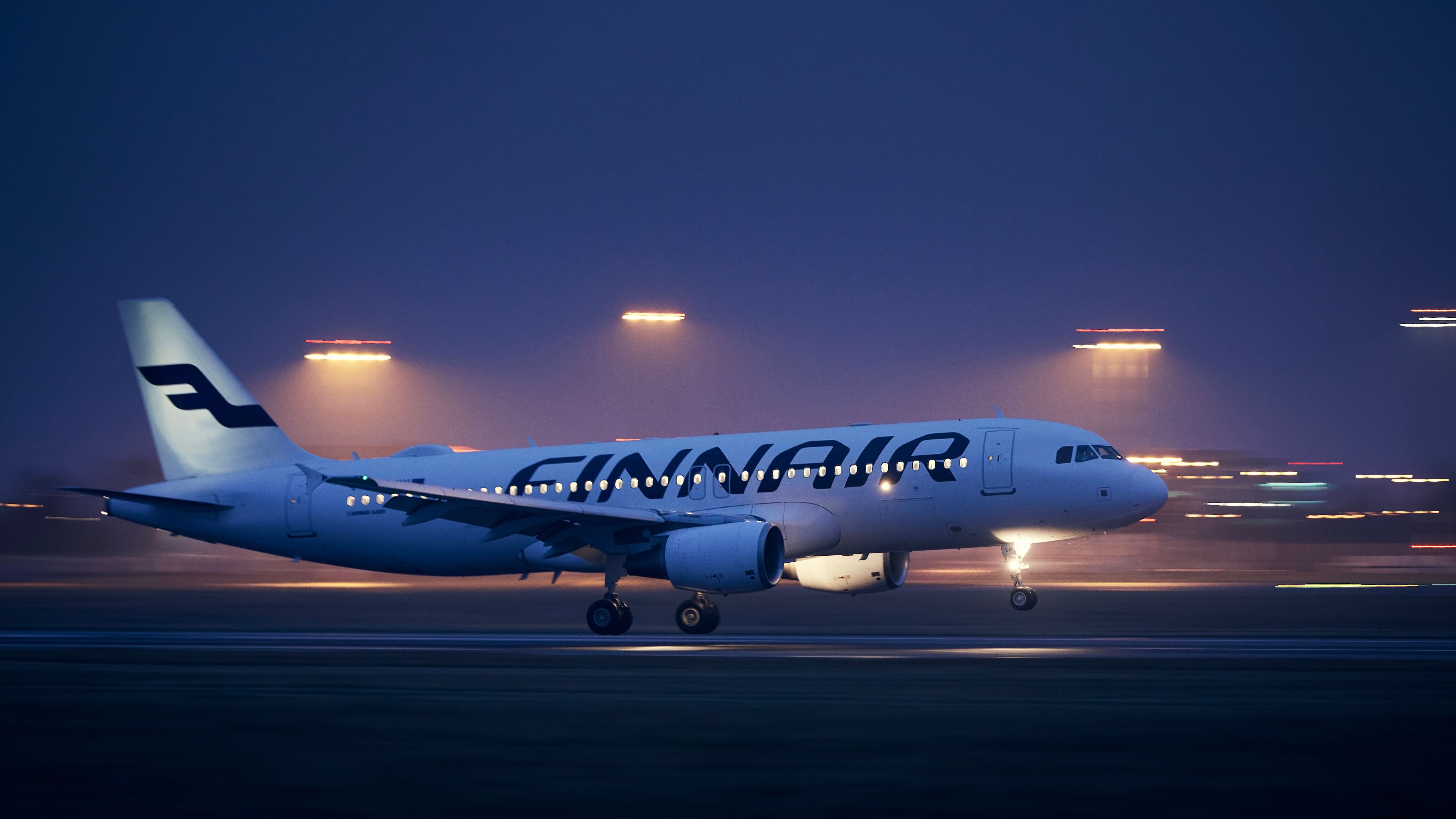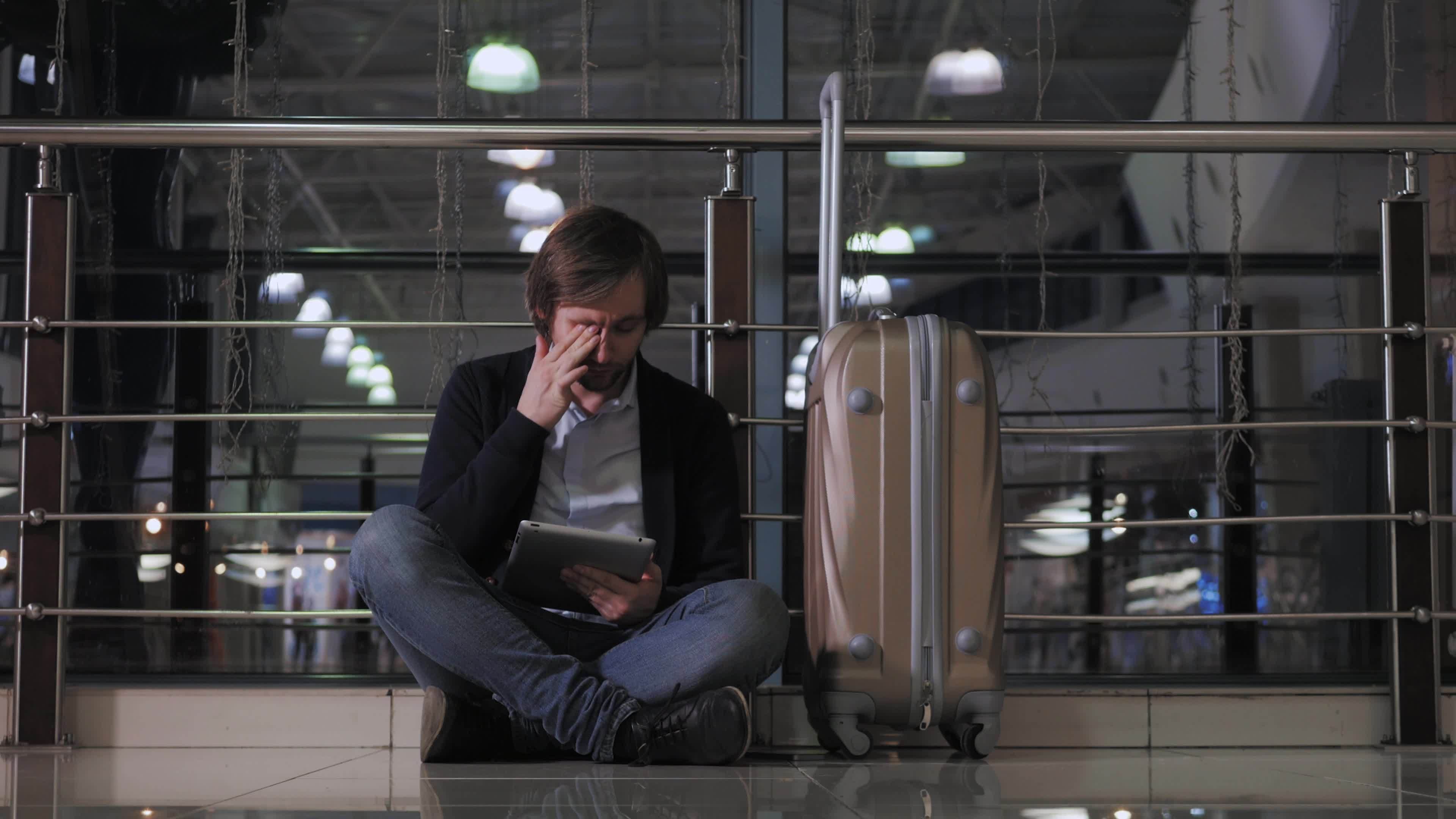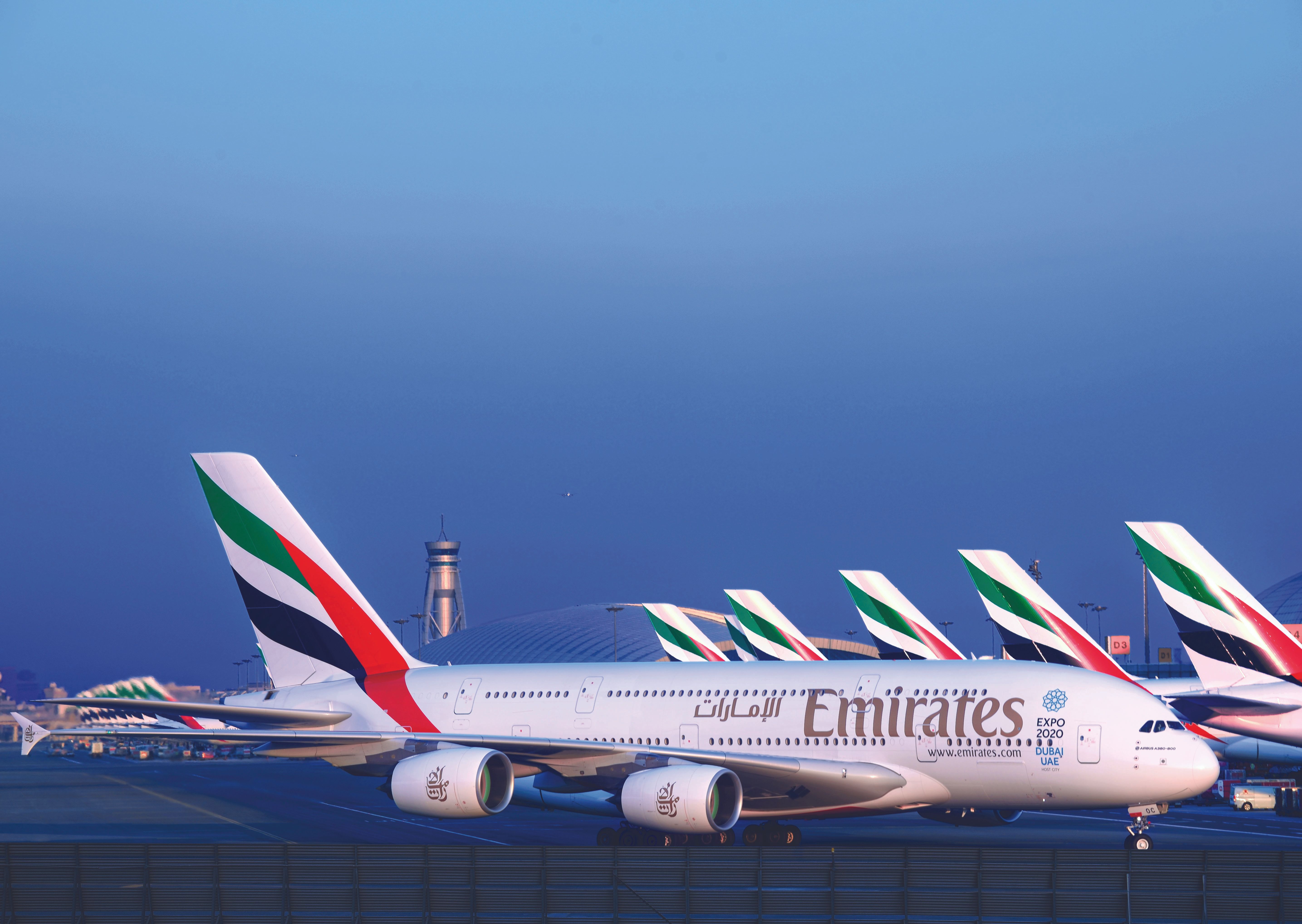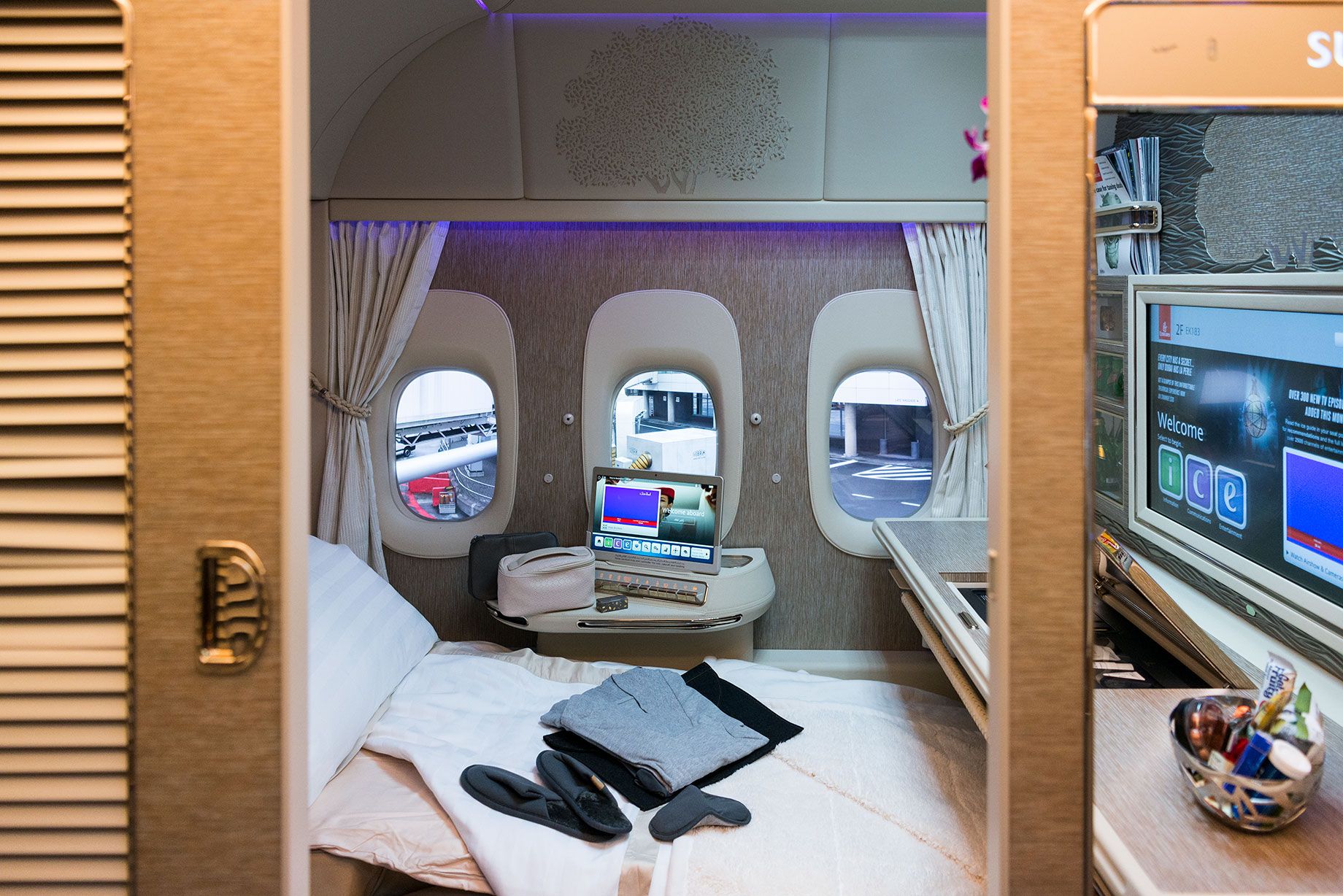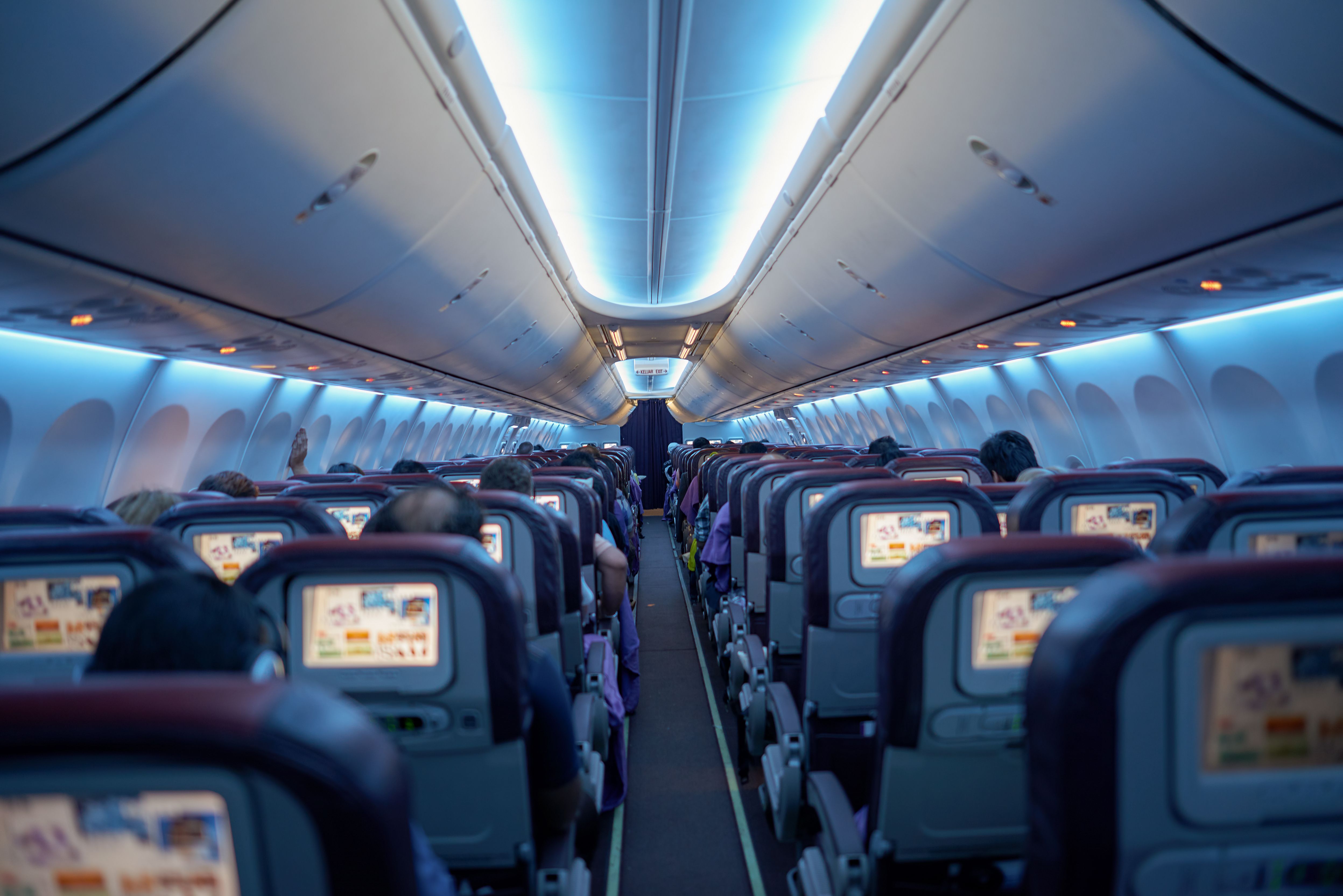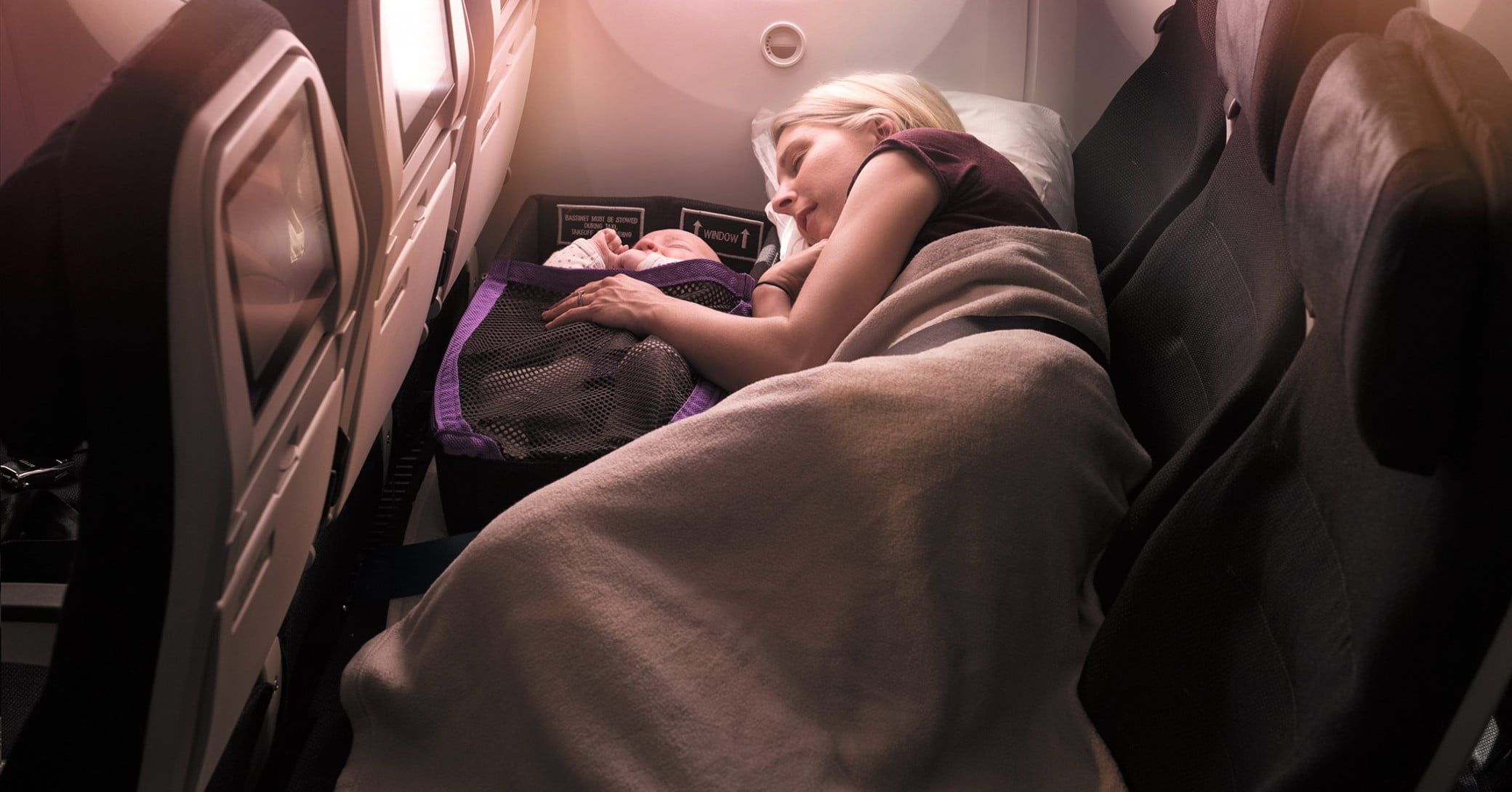Red-eye flights are those that depart at night and arrive at their destination in the morning. Passengers traveling on these flights will typically suffer from fatigue caused by the lack of sleep, which can cause passengers' eyes to turn red. Let's look at why these exist, and what the pros and cons of taking such flights are.
Red-eye flights are fairly common
Red-eyes are typically long in duration, and are more often found outside of the Western world than within it. This is partly because airport curfews are stricter in Europe, Australia, and North America than outside of these continents.
However, this does not mean that airlines based in the Western world do not operate red-eye flights. In fact, they are almost always the norm for European and American airlines when flying westbound transatlantic services.
Want answers to more key questions in aviation? Check out the rest of our guides here!
Simple Flying has published many trip reports covering red-eye flights. Examples include a Lufthansa service from Bahrain to Frankfurt via Riyadh and Etihad from Abu Dhabi to Rome, or the following Aeromexico's Mexico City-Lima service, which we turned into a video. Red-eye flights are fairly common in the Middle East, where airports operate throughout the night to capitalize on the region's location. Qatar Airways, Etihad, and Emirates have made excellent use of this for transfer purposes.
As such, the majority of their transfer passengers will take part in a red-eye flight at some point. Still, you can also find short-haul red-eyes. Indeed, for certain airlines, flying overnight represents an opportunity to maximize their fleet utilization. TAP Portugal, Aegean Airlines, and Wizz Air all operate scheduled short-haul flights that depart and land during nighttime, all for flights just several hours long. These services typically cross at least one time zone.
The pros of red-eye flights
Sometimes you have no choice but to take a red-eye flight to get from one destination to the next. For example, to get from New York JFK to Frankfurt, you have a choice of four airlines: Condor, Delta, Lufthansa, and Singapore Airlines. All four of these will depart the Big Apple in the late afternoon or early evening (between 16:00 and 22:00), and all four will arrive in Frankfurt the next morning.
Get the latest aviation news straight to your inbox: Sign up for our newsletters today!
But for some other routes, like traveling from Dubai to London, or Melbourne to Hong Kong, passengers can choose between red-eye flights and daytime flights. The reasons why you might choose a red-eye flight include:
- Price: Sometimes, the price difference (especially if you are traveling as a group) is so significant that the prospect of your eyes turning red from fatigue for a day is not that daunting. Use price comparison websites to find the best deals for your trip.
- Business class: If you can afford not to fly economy and are flying with an airline that will offer you a lie-flat bed, you could easily find yourself on a red-eye flight but without the red eyes. That trip with Lufthansa from Bahrain to Frankfurt via Riyadh, for example, included a lie-flat bed where sleeping was comfortable and easy.
- If you can handle it: Red-eyes can be easier if you know what to expect from them (very little sleep), and how to prepare yourself (extra sleep during the previous night, nothing planned for the next day). It helps if you bring your own sleeping mask, as the ones handed out by the airlines don't always block out light well enough.
- Seize the day: Red-eye flights give the advantage of 'earning' a day for the traveler. They can use the whole day for travel and adjust to their new environment.
The cons of red-eye flights
Still, there are some fairly strong disadvantages to flying red-eyes. In some cases, these will be strong enough for some passengers not to ever dare fly overnight. To name just a few, these can include factors such as:
- Traveling with kids: Having to take care of a young one in your presence, who may not be sleepy when you want to sleep (and need to sleep), or who might be desperate to sleep and cranky for not being able to do so just as you are boarding the plane, or having to exit it, is not an appealing prospect.
- Traveling with someone else's kids: Worse still, sharing the airplane with children over whom you have no control at all, but who still might be perfectly capable of disrupting your sleep throughout the red-eye flight, is not appealing either.
- Difficulty falling asleep: If you need your bed, your special pillow, your learned bed position or your aromatic scents by your bedside to fall asleep, you will not get much of it in a cramped, loud 777. But, if you are already expecting this, the experience might not be too bothersome.
- More prone to simple mistakes: Most of the days of your life you will be asleep, or at least at home, during the time frame in which a red-eye flight takes place. When you are not, you can feel disoriented, and are more likely to make simple mistakes, which can range from forgetting simple stuff while leaving home or the hotel on your way to the airport, to simply being unaware of your surroundings due to the lack of sleep.
Generally, anyone traveling east is at a disadvantage compared to anyone traveling west. A German departing Berlin for a holiday in Washington will find it relatively easy to adjust to the new time zone upon arrival and will be refreshed to start sightseeing immediately the next day. Then, after returning home from Washington on a red-eye flight, they will have time to recover from the loss of sleep at home.
Are there any health risks?
Give or take a few differences, taking a red-eye flight is the equivalent of having a bad night's sleep. If you can catch up on sleep the next night, or take a nap in the afternoon, and grab a coffee in the morning, you should not feel the effects of a red-eye flight beyond the first 24 hours. Nonetheless, it isn't totally risk-free.
Indeed, if you are a frequent flyer, this is when things have the potential to get a bit more serious. Red-eye flights have been linked to weakened immune systems, increased risks of depression, and risks of heart attacks. This is because night flying interferes with your natural sleep rhythms, and changes your metabolism.
Pilots and cabin crew members are not immune to the risks of operating red-eye flights. A study made by experts from the Center for Multidisciplinary Studies on Sleepiness and Accidents, and from the Department of Psychobiology of the Federal University of São Paulo (Unifesp), found out that the risk of a commercial aviation pilot or co-pilot making a serious mistake is about 50% greater when working from midnight to 06:00 in the morning. This study determined that for every 100 hours of flying conducted during this period, captains make, on average, 9.5 mistakes of the level three type, which is the most dangerous for the aircraft's safety.
Case studies
Back in 2021, Simple Flying's routes guru James Pearson took a closer look at the unlikely world of European red-eye flights. Despite flights across the continent typically taking no more than a few hours, there were still 307 bookable red-eye routes in Europe between September and December 2021. They had a median length of 1,466 miles and a median block time of 3.5 hours.
Meanwhile, overnight flights within the boundaries of a single continent are more common in North America. Nonetheless, despite the region's larger size, some fairly unsociable red-eyes are still out there. We found that for a particular week in December, there were a total of 126 US domestic flights departing between 00:01 and 02:00 and arriving between 03:00 and 06:00.
More recently, an analysis of a late-April week in 2023 found 109 US domestic flights across 16 airport pairs that departed between 00:00 and 03:00 and landed between 03:00 and 06:00 local time. Interestingly, Delta Air Lines accounted for almost half of these, being responsible for 49 of the flights. You can read our full analysis here.
Making life more bearable in economy class
For many economy class passengers, a key concern regarding red-eye flights will be their ability to sleep or, rather, the lack thereof. As such, recent years have seen carriers begin to offer passengers the option to buy blocks of seats, enabling a lie down without needing to shell out for a business class ticket. Airlines dabbling with this include Lufthansa and Air New Zealand.
The latter has even introduced this as a feature on its website. Known as Economy Skycouch, Air New Zealand argues this is the best way to treat yourself and shorten a long-haul flight while flying in economy. "Imagine a row of Economy seats that can be turned into a couch after takeoff. So you and your friend or family member can stretch out. Clever, right? Comfy, too," the airline says on its website.
Do you take red-eye flights often? How do you deal with the effects of them? Let us know your thoughts and experiences in the comments!

